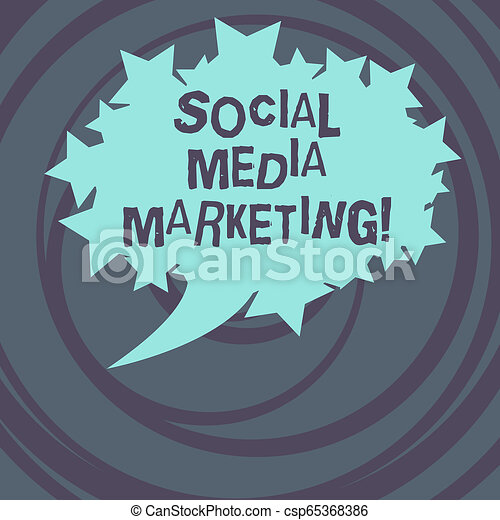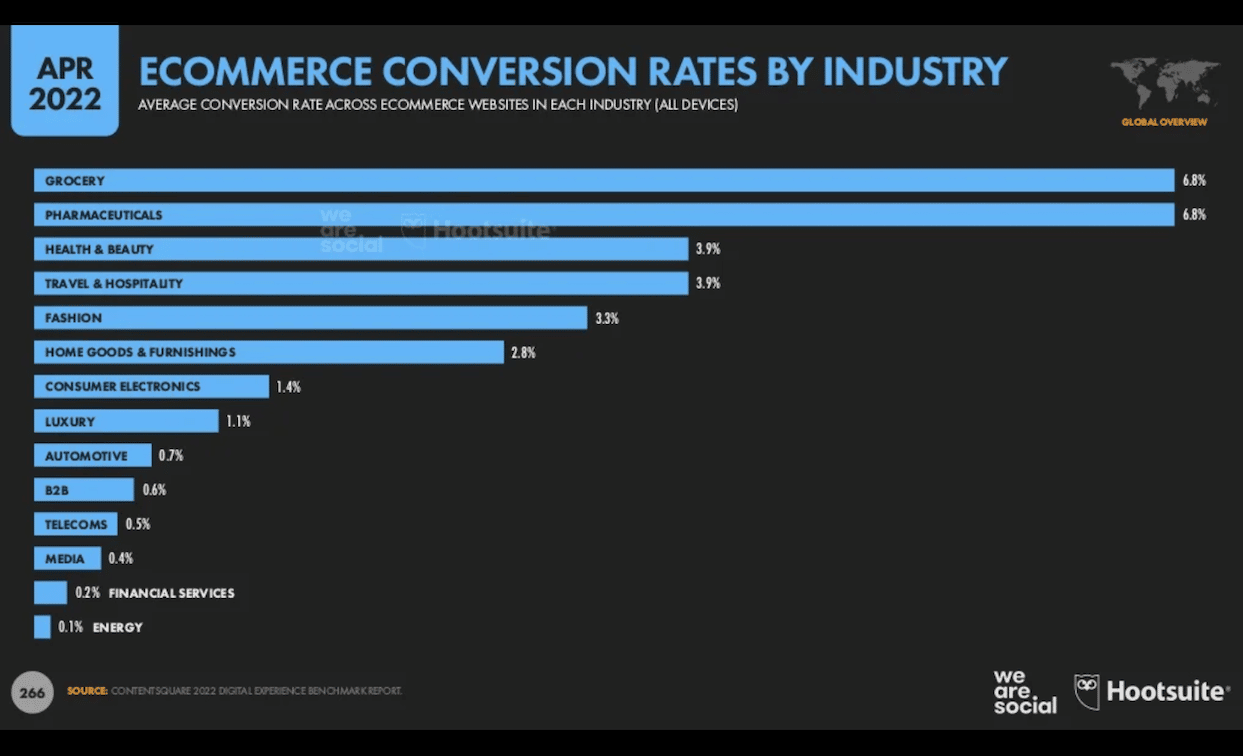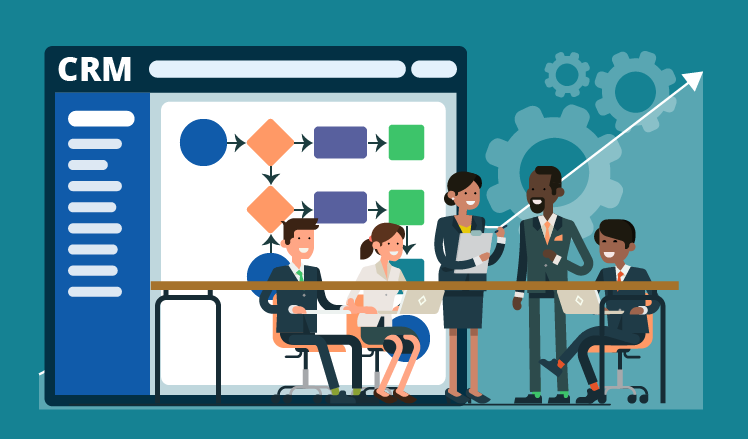
Experiential Marketing is a type marketing that focuses on creating brand affinity and real value to customers. It can be done using a variety marketing tools, such as social media or in-person events. Experience marketing can yield great results when used correctly and increase customer involvement.
Experiential marketing can either be an event on its own or as part of a larger campaign that involves traditional advertising. Your marketing efforts need to be specific to your target audience. You'll make them remember you by giving them something to talk about.

Photo ops are one of the most common forms of experiential advertising. Millions of people saw the Ice Bucket Challenge that raised awareness for ALS. Participants were encouraged to pour cold water over themselves in an effort to raise money. Facebook shared 2.4 million videos about the challenge. This created $220 million in funds raised for the cause.
Another form of experiential marketing is a pop-up restaurant or diner. These events offer consumers the opportunity to try products in an interactive and fun setting. You may be able even to take part in an augmented reality gaming experience. Participation depends on the event's nature. Participants might eat at a temporary coffee shop, diner, or take a photograph. If they enjoy the product, they might share their photos online.
Other kinds of experiential marketing events involve technology companies. Technology companies often set up booths in conventions or conferences, where people can try their products. Participants usually upload video and photos of the product being used. It's possible for a brand to go viral, but it's not guaranteed.
Another type of experiential marketing is an event where people can attend from their own home. Many consumers have a lot of other commitments that prevent them from attending an event during typical working hours. If you are able to create an event that is easily accessible from home, you will be able increase your attendance. This will result in more people being able to engage with your brand, and possibly driving more sales.

Experiential marketing events are a great way of building customer loyalty. Customers who have positive experiences will be more inclined to refer the brand to others. This can help to build a relationship between the brand and the consumer. Experiential Marketing allows customers to interact directly and gain a deeper understanding about the product's value and benefits.
An experiential marketing campaign's ultimate goal is to make attendees remember the event. A memorable event will be remembered more if it is interactive and enjoyable. Participants will be more inclined to share photos and use a hashtag to help them remember the event.
Customer relationships can be built by providing a memorable and enjoyable experience. These relationships will allow the company to grow its reach and increase its visibility.
FAQ
How can you create great content?
The best content should be engaging, informative, and shareable. The best content has a clear call to action, such as a link or button that allows readers to sign up for a free trial, read more about a product, or purchase something from your site. It's also important to include visuals in your content so that it can easily be shared across all media types.
How much does content marketing cost?
The cost of content marketing depends on whether it's an outsourced solution or something you do all yourself. Outsourcing content marketing services are usually cheaper than hiring full-time employees, allowing you to scale quickly when you need more coverage.
HubSpot research shows that outsourcing content production can cost around $5 per lead (for B2B businesses) and $22 per lead (for consumer brands).
However, there are plenty of web resources that provide free content marketing tools that you can use to create engaging content that converts.
You have many options to optimize content for search engines such as Google and Bing. You have the option to write original articles or guest post on blogs. You can also curate content from different websites and reuse existing materials.
You will need to know how to create great content if you decide to go the self-produced content route. But once you master it, producing content will be relatively easy.
First, create simple landing page using WordPress. Next, start building your site. This will allow you to build a portfolio.
How do you create an effective content marketing strategy?
You must first determine the type of content that you wish to create in order to develop a content marketing program. Next, identify your target market and the ways they use the internet. Next, identify which channels best reach your target market. Next, find the right keywords and create compelling copy to promote each piece of content.
What is Content Marketing without an Agency?
No! No. There are many online tools that can help you create high quality content. Plus, agencies tend to charge a premium price for their services.
Statistics
- To further show the importance of this, 89% of people have stopped doing business with a company because of a poor experience. (neilpatel.com)
- Seventy-two percent business to business (B2B) (mailchimp.com)
- According to our research, brand awareness, attracting traffic, and generating leads remain the key content marketing goals in 2022. (semrush.com)
- Out of the 1,500 marketers we surveyed for our State of Content Marketing report, 78% who felt their content marketing strategy was exceptionally effective in 2021 had documented their strategy. (semrush.com)
- According to the Content Marketing Institute, 70% of B2B marketers and 86% of B2C marketers surveyed use content marketing in some form or other. (criteo.com)
- This marketing strategy landed Ford a 15.4% conversion rate. (neilpatel.com)
- Forty-seven percent of buyers view 3 to 5 pieces of content before engaging with a sales representative. (mailchimp.com)
- Companies that use content marketing see approximately 30% higher growth rates than businesses not using it. (mailchimp.com)
External Links
How To
Informationgraphic creation tips to help with content marketing
Infographics are a powerful way to simplify complicated concepts, and make information easier to understand. Use infographics as a tool to promote your content marketing message.
You'll need design software such as Adobe Illustrator or Photoshop to create an infographic. These programs allow you to create infographics by drawing different shapes and elements. You can then use colors and fonts for your data. Once your design has been created, you can start uploading images from Unsplash/Pixabay to incorporate into it.
Look online for inspiration to create your own infographics. For example, if you want to show how many calories are in certain foods, you could take a picture of a food pyramid and replace the numbers with pictures of those foods. You might also want to calculate how many calories are in soda pop. This can be done by taking a picture with a bottle of Coke.
Once you have created your infographic it is possible to share it via social media channels like Facebook, Twitter and Google+. This will make it easier for people who don't know the concept to get familiar with it. You can include hashtags in your infographic if you want to share it on social media. Hashtags enable users to follow along in conversations related to specific topics.
If you decide to create an infographic, try making your posts shorter than usual. An average blog post will be between 2000 and 5000 words. An infographic, however, only needs 500 to 1000 words. This means you can easily convey more information with less space.
Your infographic should be easy to read for some viewers. Your graphics should be large enough in font size and not rely on too much color. It is important that all text is legible.
Here are some other tips.
-
Select an Infographic Template. There are many free templates online. Canva (Piktochart) and Google Slides (Google Slides) are some of the most requested templates.
-
Make your Infographic. Create your infographic using the template. You can use whatever media is most appropriate for your audience. An example of this is a infographic that shows the best restaurants in Seattle.
-
Add text. After creating your infographic, add text with Microsoft Word, PowerPoint, and Canva.
-
Add Images. Add images to your infographic. These images can be charts, graphs, icons, or pictures. If you want to add a picture, make sure it's relevant to your topic.
-
Make It Interactive. You can add interactive elements such as buttons, maps, and links. This will engage your audience.
-
Share. Share your infographic with others on social media such as Facebook, Twitter and LinkedIn.
-
Measure. How well did your infographic perform? Did they click through to your site? Did they sign-up for your email address? What was their reaction when you showed them your infographic
-
Improve. Do you have any suggestions for improving your infographics? Are you able to do it better the next time?
-
Repeat. Repeat.